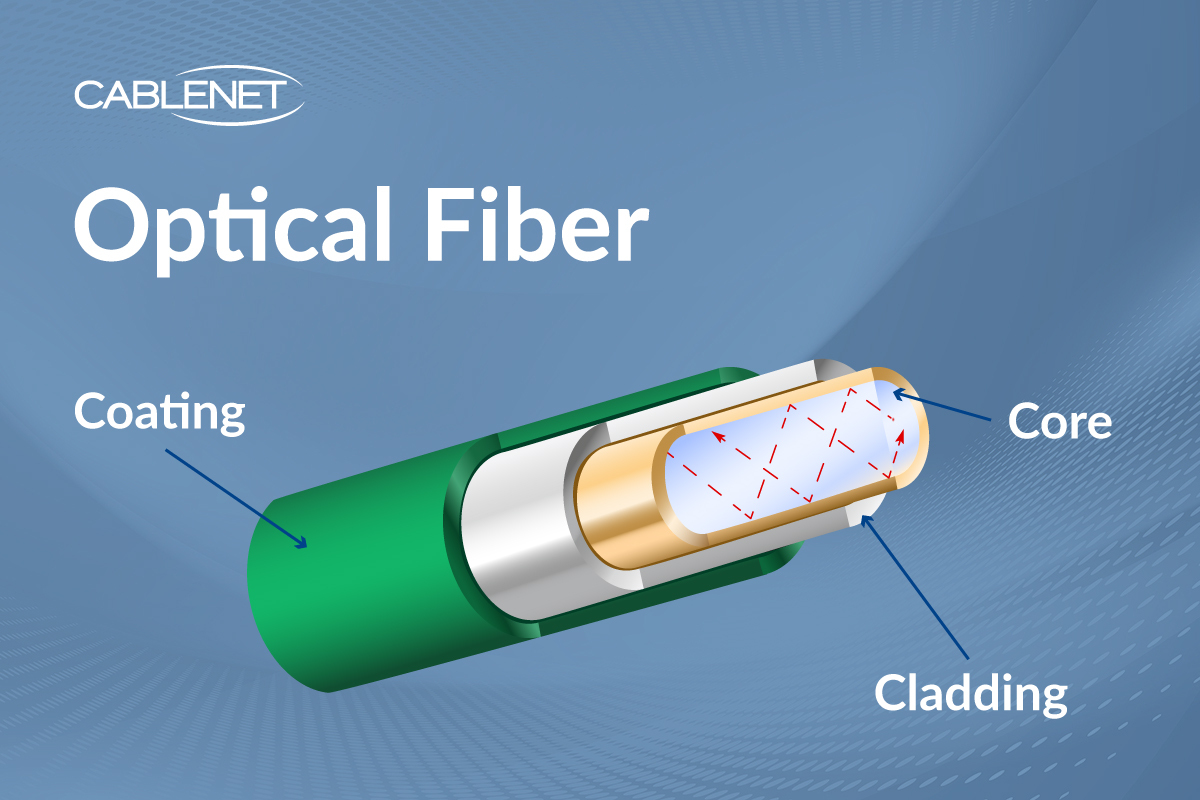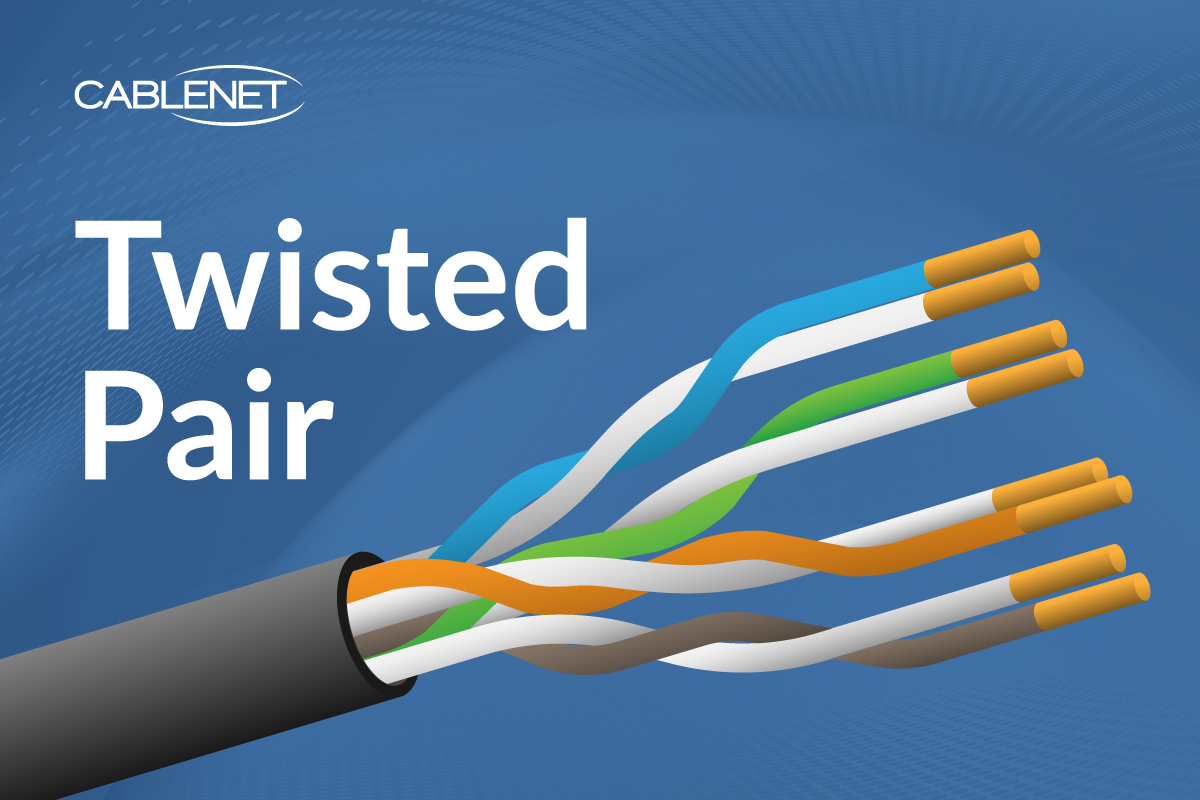Fibre Optic vs Copper Ethernet Cables
Correct network connectivity is more critical in today's digital age than ever. It's how we all connect, share information and access the internet.
However, not all networks are created equal. Speed, reliability and overall performance can be significantly impacted by the cables used to connect your devices to the network.
In this article, we will explore the differences and benefits of fibre optic and copper cables to help you better understand which suits your network.
What are Fibre Optic Cables?
Fibre optic cables are made of thin strands of glass that transmit data using light. The light is sent through the cable using total internal reflection, which means that it bounces off the walls of the cable at a specific angle, ensuring that it stays within the cable and does not escape. This makes fibre optic cables incredibly reliable, fast, and resistant to electromagnetic interference.

What are Copper Ethernet Cables?
Copper Ethernet cables transmit data using electrical signals. Copper cables have been around for many years and are the most commonly used cable for networks. They are relatively inexpensive, easy to install and support a wide range of data transfer rates.

Fibre Optic and Copper Cables - What are the differences
There are several differences between fibre optic and copper cables:
- Transmission speed: Fibre optic cables can transmit data faster than copper cables. While copper cables typically have a maximum data transfer rate of 10 Gbps, fibre optic cables can support speeds of up to 100 Gbps or more.
- Distance: Fibre optic cables can transmit data over much greater distances than copper cables. Copper cables are typically limited to a maximum length of 100 metres, whereas fibre optic cables can transmit data over several kilometres distances without any signal loss.
- Bandwidth: Fibre optic cables have a much higher bandwidth than copper cables. This higher bandwidth means they can support more data traffic and handle larger amounts of data simultaneously without experiencing any performance degradation.
- Immunity to electromagnetic interference: Fibre optic cables are immune to electromagnetic interference, which can be a problem with copper cables. This immunity makes fibre optic cables more reliable in environments with high levels of electromagnetic interference, such as near high-voltage power lines or areas with lots of electronic equipment.
- Cost: Fibre optic cables are generally more expensive than copper cables, partly because fibre optic technology is more complex and requires more advanced equipment to install, test, and maintain.
- Installation: Copper cables are typically easier to install than fibre optic cables. Copper cables can be installed using standard tools and installation methods, while fibre optic cables require more specialised equipment and expertise.
Benefits of Fibre Optic Cables
- High-speed data transfer: Fibre optic cables can transmit data at much greater speeds than copper cables, making them ideal for data centres, cloud computing, and high-performance computing applications.
- Long-distance transmission: Fibre optic cables can support data transmission over a much greater distance than copper cables, making them ideal for applications such as telecommunications and connecting remote locations.
- Immunity to electromagnetic interference: Fibre optic cables are immune to electromagnetic interference (EMI), making them more reliable in environments with high levels of EMI, such as data centres, manufacturing plants and other industrial settings.
- Higher bandwidth: Fibre optic cables have a much higher bandwidth than copper cables, making them ideal for applications that transfer large amounts of data or high-definition multimedia content.
- Security: Fibre optic cables are more secure than copper cables. Unlike copper cables, fibre optic cables do not emit electromagnetic signals that hackers can intercept. This makes them a good choice for networks that require high levels of security, such as government and military networks.
Benefits of Copper Ethernet Cables
- Lower cost: Cheaper, making them a good choice for companies on a limited budget.
- Installation: Easier to install, test and maintain.
- Flexibility: Available in various configurations, lengths, and colours.
- Compatibility: Compatible with most devices and network equipment available on the market.
So, Which One is Right for Your Network?
Choosing between fibre optic and copper cables depends on the specific needs of your network.
If you have high bandwidth requirements, operate in environments with high levels of EMI or need to transfer high-speed data over long distances, fibre optic cables may be the best choice for your network.
However, copper cables may be the best choice if you require a simple installation due to budget constraints or have an existing infrastructure compatible with copper cables.
In conclusion, fibre optic and copper cables have limitations and unique benefits. You must consider your network's specific needs and choose the option that best meets those needs.

